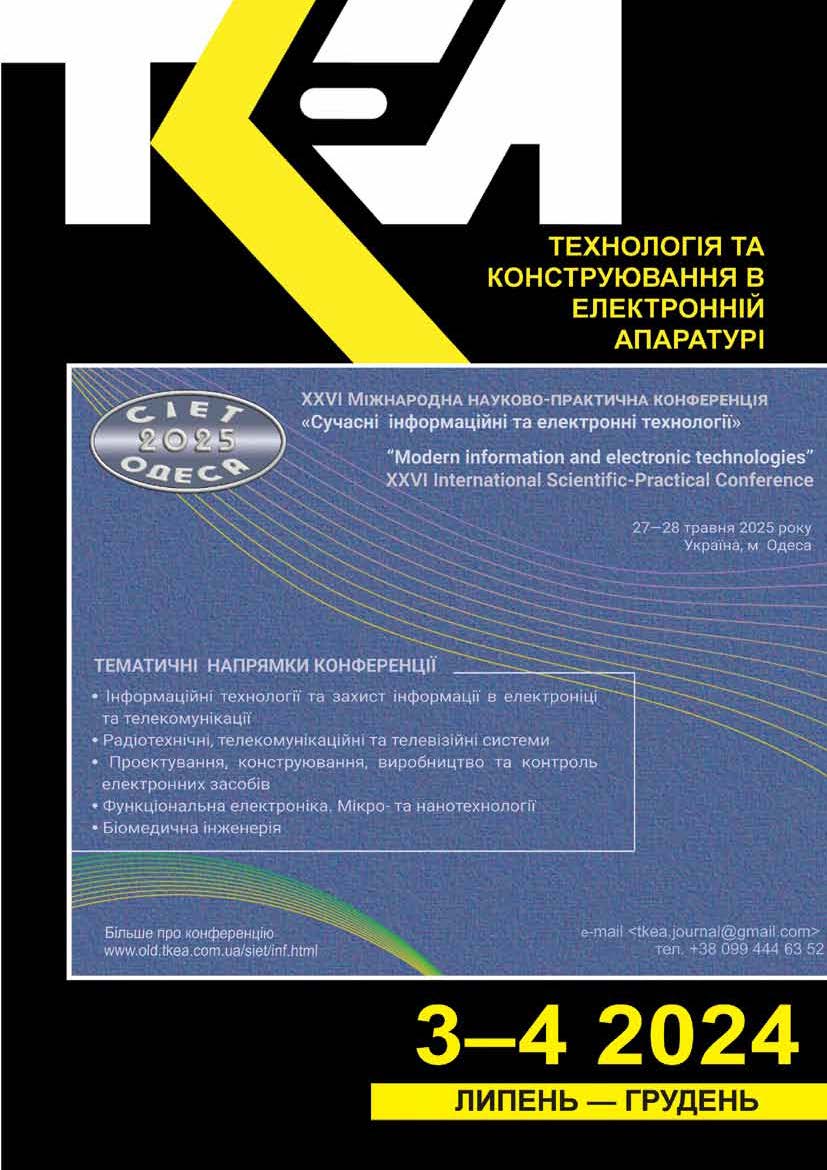Start-up characteristics of gravity heat pipes with a threaded evaporator
Abstract
The authors experimentally study start-up characteristics of copper gravitational heat pipes with a threaded evaporator filled with four different heat transfer fluids — methanol, R141b refrigerant, isobutane (refrigerant R600a), and n-pentane — that do not freeze at temperatures as low as –30°C. The heat pipes were 260 mm long, had a diameter of 12 mm, a thread length in the evaporation zone of 45 mm, a thread pitch of 0. 5 mm, and a fluid volume of 1.6 – 1.7 ml (filling ratio of 50 – 55%). It was shown that changing the inclination angle (15°, 60°, 90°) does not significantly affect the temperature in the heating zone of the heat pipe (maximum 5°C for methanol). More significant is the influence of the ambient air temperature (–30°C, +20°C and +40°C). The maximum thermal regime stabilization time (22 – 24 min) was observed in the heat pipe with methanol at an ambient temperature of –30°C, while the minimum stabilization time (11 – 12 min) was recorded for heat pipes with isobutane and n-pentane at an air temperature in the chamber of +40°C.
References
Gaugler R. S. Heat transfer device. U. S. Patent 2,350,348, 6 June 1944.
Faghri A. Heat pipe science and technology. Taylor & Francis: Philadelphia, PA, USA, 1995.
Shabgard H., Allen M. J., Sharifi N. Heat pipe heat exchangers and heat sinks: Opportunities, challenges, applications, analysis, and state of the art. Int. J. Heat Mass Transf., 2015, vol. 89, pp. 138 – 158. https://doi.org/10.1016/j.ijheatmasstransfer.2015.05.020
Nikolaenko Yu. E., Pekur D. V., Kravets V. Yu. et al. Study on the Performance of the Low-Cost Cooling System for Transmit/Receive Module and Broadening the Exploitative Capabilities of the System Using Gravity Heat Pipes. Journal of Thermal Science and Engineering Applications, 2022, vol. 14(12), art. 121001. https://doi.org/10.1115/1.4054812
Matsubara K., Matsudaira Y., Kourakata I. Thermosiphon loop thermal collector for low-temperature waste heat recovery. Appl. Therm. Eng., 2016, vol. 92, pp. 261 – 270. https://doi.org/10.1016/j.applthermaleng.2015.09.004
Carvajal-Mariscal I., De León-Ruíz J. E., Belman-Flores J. M., Salazar-Huerta A. Experimental evaluation of a thermosyphon-based waste-heat recovery and reintegration device: A case study on low-temperature process heat from a microbrewery plant. Sustainable Energy Technologies and Assessments, 2022, vol. 49, art. 101760. https://doi.org/10.1016/j.seta.2021.101760
Zhelykh V., Kozak C., Savchenko O. Using of thermosiphon solar collector in an air heating system of passive house. Pollack Periodica, 2016, vol. 11(2), pp. 125 – 133. https://doi.org/10.1556/606.2016.11.2.11
Nikolaenko Yu. E., Pis’mennyi E. N., Pekur D. V. et al. The efficiency of using simple heat pipes with a relatively low thermal conductivity for cooling transmit/receive modules. Appl. Therm. Eng., 2024, vol. 236, part A, art. 121512. https://doi.org/10.1016/j.applthermaleng.2023.121512
Melnyk R. S., Lipnitskyi L. V., Nikolaenko Yu. E., Kravets V. Yu. Visualization of vaporization processes and thermal characteristics of a thin flat gravity heat pipe with a threaded evaporator. Technology and design in electronic equipment, 2023, no. 3 – 4, pp. 65 – 73. http://dx.doi.org/10.15222/TKEA2023.3-4.65 (Ukr)
Lataoui Z., Jemni A. Experimental investigation of a stainless steel two-phase closed thermosyphon. Appl. Therm. Eng., 2017, vol. 121, pp. 721 – 727. https://doi.org/10.1016/j.applthermaleng.2017.04.135
Moradikazerouni A., Afrand M., Alsarraf J. et al. Comparison of the effect of five different entrance channel shapes of a micro-channel heat sink in forced convection with application to cooling a supercomputer circuit board. Appl. Therm. Eng., 2019, vol. 150, pp. 1078 – 1089. https://doi.org/10.1016/j.applthermaleng.2019.01.051
Moradikazerouni A., Afrand M., Alsarraf J. et al. Investigation of a computer CPU heat sink under laminar forced convection using a structural stability method. Int. J. Heat Mass Transf. 2019, vol. 134, pp. 1218 – 1226. https://doi.org/10.1016/j.ijheatmasstransfer.2019.02.029
Singh R. R., Selladurai V., Ponkarthik P., Solomon A. B. Effect of anodization on the heat transfer performance of flat thermosyphon. Exp. Therm. Fluid Sci. 2015, vol. 68, pp. 574 – 581. https://doi.org/10.1016/j.expthermflusci.2015.06.017
Solomon A. B., Daniel V. A., Ramachandran K. et al. Performance enhancement of a two-phase closed thermosiphon with a thin porous copper coating. Int. Commun. Heat Mass Transf, 2017, vol. 82, pp. 9–19. https://doi.org/10.1016/j.icheatmasstransfer.2017.02.001
Guo Q., Guo H., Yan X. et al. Experimental study of start-up performance of sodium-potassium heat pipe. Kung Cheng Je Wu Li Hsueh Pao/J. Eng. Thermophys., 2014, vol. 35(12), pp. 2508 – 2512. (in Chinese). https://www.scopus.com/record/display.uri?eid=2-s2.0-85013816041&origin=inward&txGid=543ce141c89baaa712c0b541f1fa57e3
Guo Q., Guo H., Yan X. et al. Effect of the evaporator length on start-up performance fo sodium-potassium alloy heat pipe. Kung Cheng Je Wu Li Hsueh Pao/J. Eng. Thermophys., 2016, vol. 37(8), pp. 1717 – 1720. https://www.scopus.com/record/display.uri?eid=2-s2.0-84981334728&origin=inward&txGid=45a5ff43c1c93e11343b38545279f0c2 (Chinese)
Nikolaenko Yu. E., Melnyk R. S., Lipnitskyi L. V. et al. Study of the effect of tilt angle on the vaporization processes in a flat gravity heat pipe with a threaded evaporator. Journal of Thermal Analysis and Calorimetry, 2023, vol. 148, pp. 9167 – 9181. https://doi.org/10.1007/s10973-023-12303-0
Copyright (c) 2024 Roman Melnyk, Dmitry Kozak , Yurii Nikolaenko, Demyd Pekur

This work is licensed under a Creative Commons Attribution 4.0 International License.

